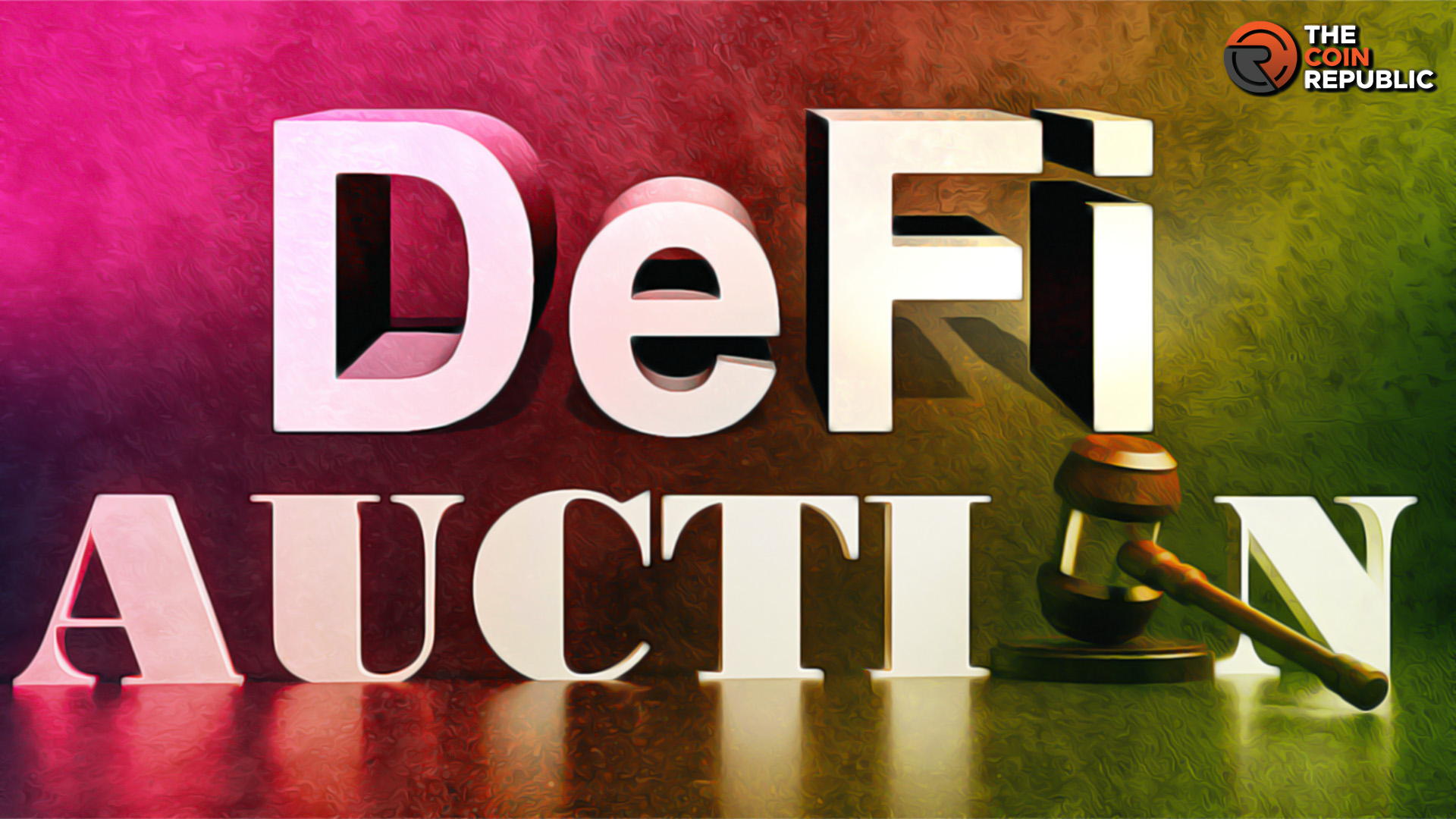Detailed Guide of Operational Mechanics of DeFi Auction Protocols
The post Detailed Guide of Operational Mechanics of DeFi Auction Protocols appeared on BitcoinEthereumNews.com. Auction protocols are an important component of many decentralized finance (DeFi) platforms and allow efficient price discovery of assets through transparent auction mechanisms. Here, let’s explore how auction protocols work under the hood. At a high level, auction protocols on blockchains involve smart contracts that programmatically manage auctions of digital assets according to preset rules. Anyone can participate by bidding for the assets using cryptocurrencies like ETH. Auction Types: Varieties of Auction Mechanisms 1. English Auctions The most prevalent and straightforward auction type is the open ascending bid auction. In this widely used format, bidders engage in open competition by placing incrementally higher bids over a predefined duration until the auction’s end. The highest bidder after the set period emerges as the winner. This method is particularly favored for sales of non-fungible tokens (NFTs), tokens, and other digital assets. Its simplicity and transparency make it accessible to both buyers and sellers, allowing a clear and competitive process where participants openly express their interest through competitive bidding, ultimately determining the final price and winner of the auctioned item. 2. Dutch Auctions A declining price auction, a common mechanism in blockchain and cryptocurrency, initiates with a relatively high starting price and gradually reduces it following a predetermined algorithm. Bidders participate by placing their bids, and the auction continues until a bidder decides to halt the process and claims the asset at the current price. This auction format is frequently employed to release new tokens, allowing participants to acquire assets at a potentially decreasing cost as the auction progresses. 3. Vickrey Auctions A strategic approach to auction dynamics is employed in sealed bid auctions wherein participants confidentially submit their highest bids. The twist lies in the pricing mechanism: although the highest bidder emerges victorious, they are only obligated to pay the second-highest bid…

The post Detailed Guide of Operational Mechanics of DeFi Auction Protocols appeared on BitcoinEthereumNews.com.
Auction protocols are an important component of many decentralized finance (DeFi) platforms and allow efficient price discovery of assets through transparent auction mechanisms. Here, let’s explore how auction protocols work under the hood. At a high level, auction protocols on blockchains involve smart contracts that programmatically manage auctions of digital assets according to preset rules. Anyone can participate by bidding for the assets using cryptocurrencies like ETH. Auction Types: Varieties of Auction Mechanisms 1. English Auctions The most prevalent and straightforward auction type is the open ascending bid auction. In this widely used format, bidders engage in open competition by placing incrementally higher bids over a predefined duration until the auction’s end. The highest bidder after the set period emerges as the winner. This method is particularly favored for sales of non-fungible tokens (NFTs), tokens, and other digital assets. Its simplicity and transparency make it accessible to both buyers and sellers, allowing a clear and competitive process where participants openly express their interest through competitive bidding, ultimately determining the final price and winner of the auctioned item. 2. Dutch Auctions A declining price auction, a common mechanism in blockchain and cryptocurrency, initiates with a relatively high starting price and gradually reduces it following a predetermined algorithm. Bidders participate by placing their bids, and the auction continues until a bidder decides to halt the process and claims the asset at the current price. This auction format is frequently employed to release new tokens, allowing participants to acquire assets at a potentially decreasing cost as the auction progresses. 3. Vickrey Auctions A strategic approach to auction dynamics is employed in sealed bid auctions wherein participants confidentially submit their highest bids. The twist lies in the pricing mechanism: although the highest bidder emerges victorious, they are only obligated to pay the second-highest bid…
What's Your Reaction?









































